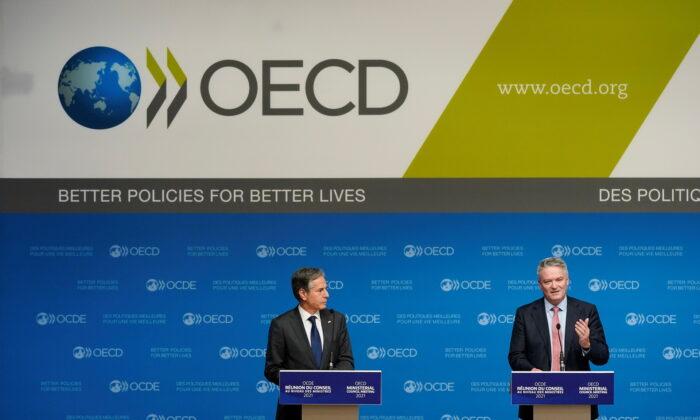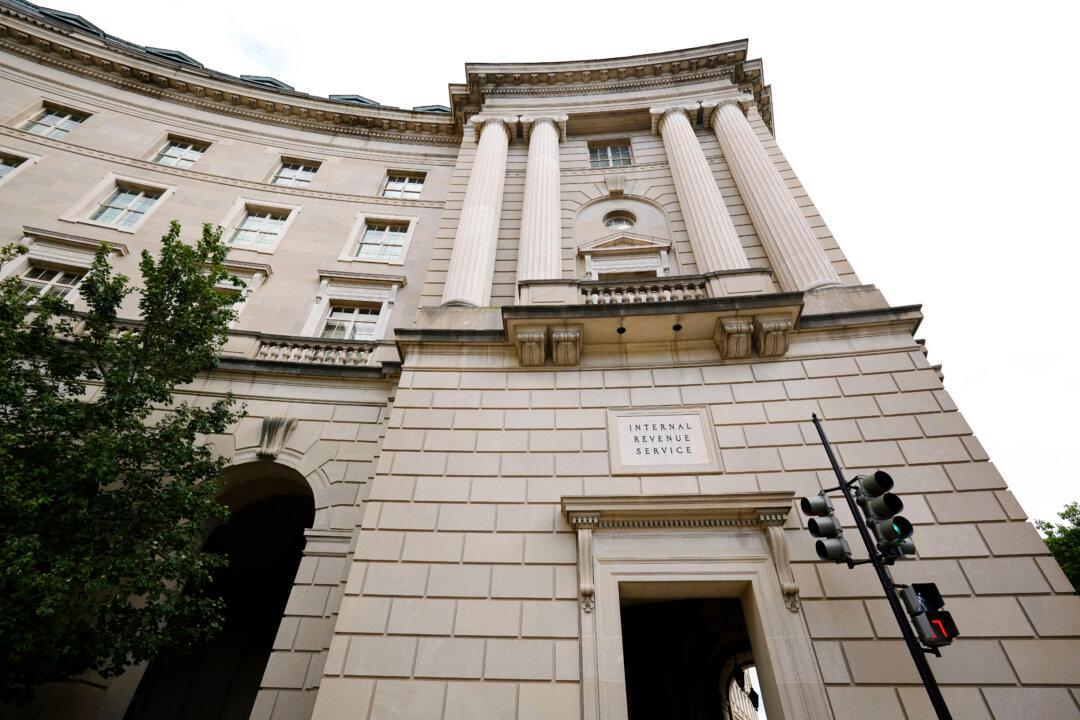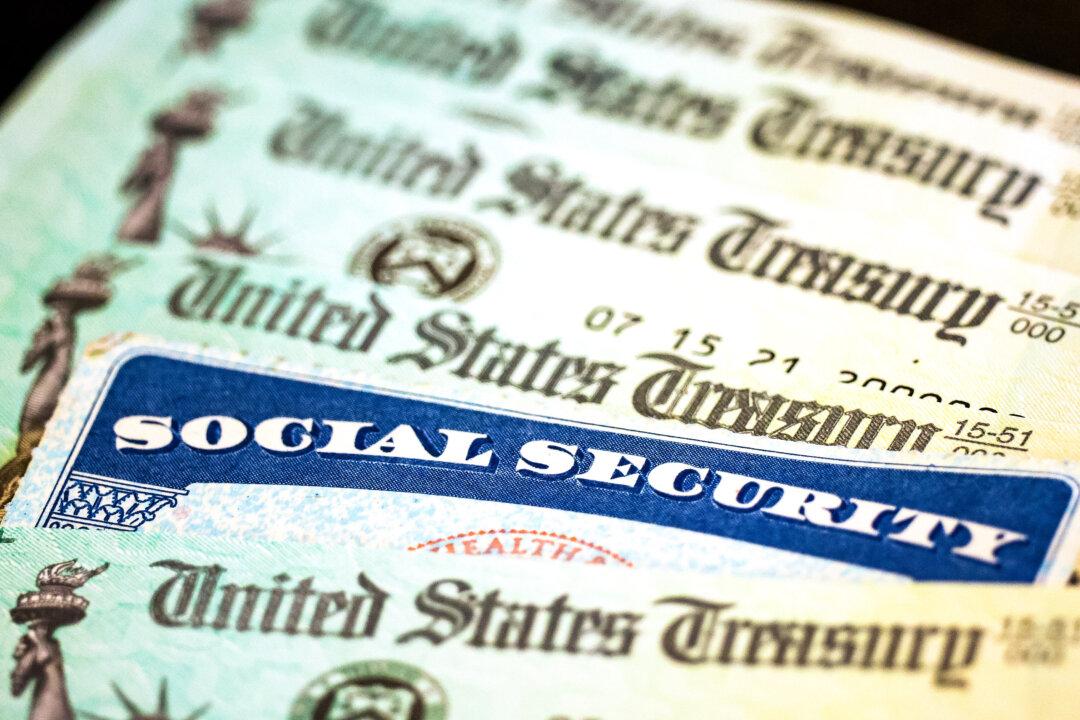The Organization for Economic Co-operation and Development (OECD) now expects the United States to grow slower this year and the next, according to its September economic outlook interim report.
“In the United States, the differential between 10-year and two-year government bond yields has turned negative, a phenomenon often followed in the past by cyclical downturns,” the report said.
The OECD maintained global GDP growth rate at 3 percent for 2022, but slashed the 2023 rate by 0.6 percent, to 2.2 percent.
The United States has seen wage and unit labor costs strengthen, which puts an “upward pressure” on a wide range of goods and services. In July 2022, 62 percent of consumer goods and services had an inflation rate greater than 4 percent.
Globally, inflation has become “more widespread.” Tight labor market conditions are boosting wages and contributing to broad-based inflation, the report observed.
The OECD projects headline inflation to peak during the current quarter in most economies. Inflation is estimated to continue declining in the fourth quarter and throughout 2023. But even though inflation will ease, it will “remain at high levels,” the organization stated.
In the United States, inflation “may have now peaked,” the report states. As monetary policy tightening began earlier in the United States when compared to the United Kingdom or the eurozone, the country is expected to see more progress in bringing inflation back to the Federal Reserve’s inflation target of 2 percent.
Fed Policy Action
The Fed recently raised its benchmark rate by 75 basis points, pushing it up to between 3 percent and 3.25 percent. At a press conference, Federal Chair Jerome Powell said inflation is running “too high.”He predicted rates to go even higher and remain at restrictive levels for “some time” as the central bank seeks to control inflation.
Members of the Fed’s policy-making arm, the Federal Open Market Committee (FOMC), are expecting rates to peak at 4.6 percent by the end of next year and decline to 2.9 percent by the end of 2025. The Fed is taking “forceful and rapid steps” to bring down demand in the American economy, Powell added.
The 12-month Consumer Price Index, a measure of annual inflation, has remained at or above 7.5 percent for every single month this year.
“The Fed is going to have a tough question to face. How long of a downturn are they willing to take? How much risk of a big downturn are they willing to take?” Rogoff said.






Friends Read Free